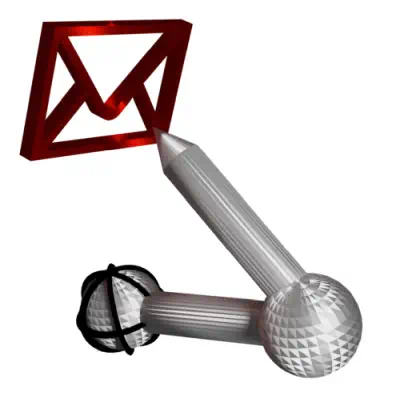AyMINE – Technical documentation
Modules
Integration with ERP Abra Gen
 Task, project & quality management
Task, project & quality management
Manager approval with the task report
Why some data can't be deleted
GDPR and record of qualifications
Qualification of user or contact
Right to Manage Qualifications
Adminitration of areas, projects, calendars
Failure Analysis for an Individual Property of a Component or Process
FMEA – Probability of Detection
FMEA – Probability of Occurrence
 Task, project & quality management
Task, project & quality management
Administration of the Task Management Module
System rights for the task management module
Improvements and Preventive Measures
Methodology and Quality Management systems
What makes up the methodology / SMJ
Problems, tickets and their management
Collaborative Resolution of Multiple Problems
Customer Service Response Generation
Incident and Quality Issue Management
Objects affected by the problem
Problems, Incidents, Helpdesk Tickets
Return project plan by baseline
Sample tasks and methodologies of the area
Effect of the task on the right to modify the attached object
The person responsible for the task
Working procedure – task definition
Management of responsibilities - RACI Matrix
Objects related to the task pattern
 Contacts and directories module (CRM)
Contacts and directories module (CRM)
Address book list and management
Directory or people and companies
Order overview for customer groups
 Contacts and directories module (CRM)
Contacts and directories module (CRM)
System Permissions and CRM Module Settings
Send bulk messages in compliance with GDPR
How to correctly forget a person's details
Unsubscribe and set preferences
for bulk mail
 Web management and automation
Web management and automation
Receiving a message from the web
Human resources
Personalistics – User Permissions and roles
Human Resources module security
Manage department / division data
Overview of Personnel Information for pracov# Employment Contract
Synchronizing staff and system users
 Products, assets and sales
Products, assets and sales
Creating and processing orders
Manage the Property & Business module
Why are the Quality criteria usefull
Managing Finance
Metrics and Measurements
Work summaries from generated data
Technical Modules
Sabre plugin module
Enterprise Architect connector
Database link to Enterprise Architect database
Enterprise Architect connector
System Modules
 The AyMINE Framework Module
The AyMINE Framework Module
AyMINE — Tips for Mobile Usage
Configure how your system looks and works
Gestures and Keyboard Shortcuts
More about how the system works
Private notes and tags for objects
Overview of Modules and Record Types
 Translations
Translations 
The system supports multilingual informations, requests, tasks, the whole quality management system as well as a number of other entities. The translations are stored in a separate translation record for each object.
- Where multilingual objects come in handy
- How translations are created
- How to use translations
- Availability and cost of automatic translation
Where multilingual objects come in handy
Translations are used for easy collaboration between different nationalities:
- You can have a quality management system in English for foreign workers and in Czech for locals at the same time.
- You can have customer requests stored in the original (e.g. in German) and a translation prepared by an employee for them,
- You can send a message in your language to a colleague and it will automatically translate into his or her language "along the way."
- You can publish the same information in multiple languages on an intranet or a public website.
You can certainly think of other ways to use it.
How translations are created
Translations can generally be created manually and automatically
Manual translations
For an object that needs a new language version, you can create a version with Language Mutations.
You can create a new translation in the list. to which you can copy the original text and then translate it. Of course, you can paste the translation by copying it.
Automatic translations
The system can automatically translate texts, invitations or messages. Some texts – invitations and notifications – are translated completely automatically by calling an external service, for other objects the translation is created semi-automatically – the user can have the text translated automatically by the system function. The system translates the text, but the user is responsible for correcting the translation.
How to use translations
One created translations are stored permanently with the object where they were created.
Users choose the language they prefer in the application settings. If the object has a translation to their chosen language, the system displays the translated text and the original to them.
If you send a message to another user, the message is translated if the message language differs from their preferred language. (Of course, only if the translation service is active).
Availability and cost of automatic translation
You may not have the multilingual communication service active on your system. Using the service (even for manually entered translations) is an optional functionality.
Automatic translations are provided by an external service. The cost of using the translation is governed by the price list of the external provider. The availability of translations depends on the service contract as well as sufficient credit for providing the service.